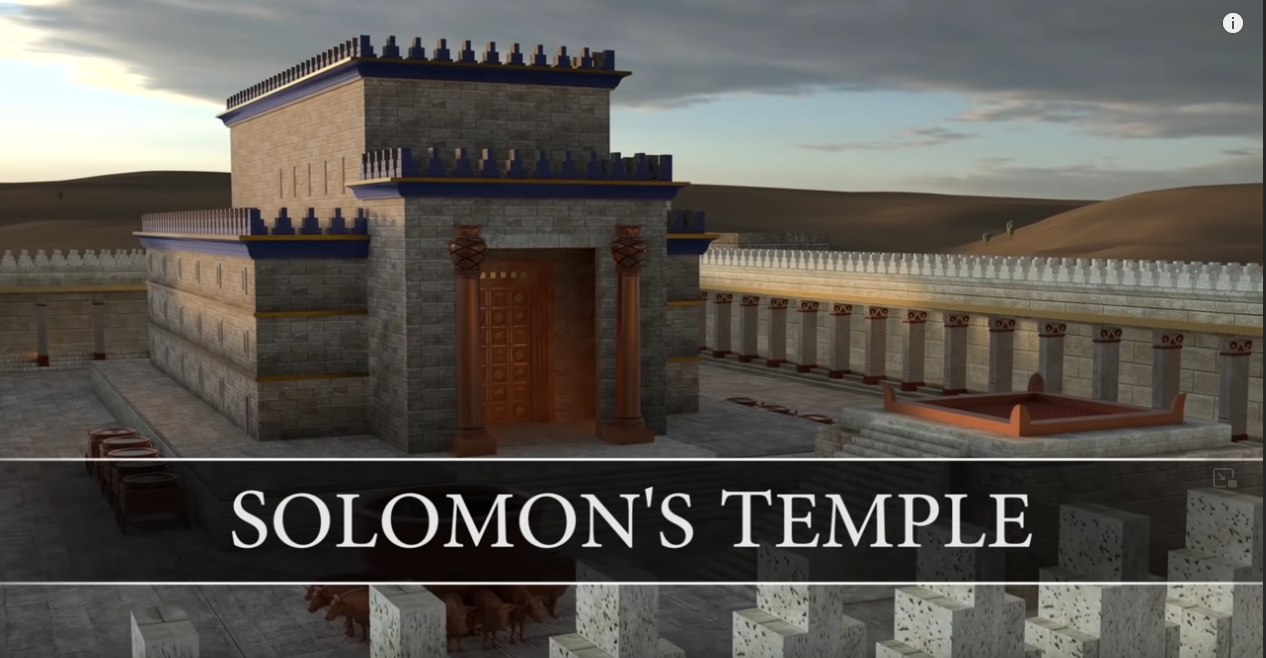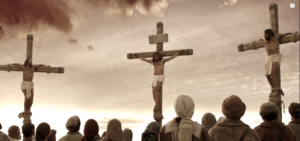King Solomon’s Temple was a magnificent structure located in Jerusalem that served as the center of worship for the Israelites. According to the Bible, the temple was built by King Solomon, the son of King David, and was considered to be one of the most important and impressive buildings of its time.
The temple was designed to house the Ark of the Covenant, which was believed to contain the tablets of the Ten Commandments. It was also home to the Holy of Holies, which was considered to be the dwelling place of God.
The construction of the temple was a massive undertaking, with thousands of workers and craftsmen involved in its creation. It was built using the finest materials, including gold, silver, and precious stones, and its beauty and grandeur were renowned throughout the ancient world.
The Bible provides a detailed account of the construction of the temple, including the measurements and design specifications, as well as the materials and techniques used in its construction.
Unfortunately, the temple was destroyed by the Babylonians in 586 BC, and its treasures were looted and carried away. However, it remains an important symbol of the Israelites’ devotion to God and their commitment to building a sacred space for worship and prayer.
The destruction of King Solomon’s Temple was a devastating event for the Israelites, but it also marked the beginning of a period of rebuilding and restoration. In the years that followed, the temple was rebuilt several times, each iteration reflecting the changing cultural and religious landscape of the Israelites.
One of the most famous rebuilding efforts was led by the Jewish leader Zerubbabel in the 6th century BC. This second temple was not as grand as the original, but it served as an important center of Jewish worship for several hundred years.
In the first century BC, King Herod embarked on a massive renovation project to expand and beautify the second temple, which became known as Herod’s Temple. This temple was even more impressive than its predecessors, featuring ornate decorations, massive courtyards, and intricate architecture.
However, Herod’s Temple was also short-lived. It was destroyed by the Romans in 70 AD, and its ruins remain a poignant reminder of the Israelites’ long history of struggle and perseverance.
Despite the destruction of these magnificent structures, the legacy of King Solomon’s Temple lives on through Freemasonry as a central tenet of our fraternity. Its enduring symbol of faith and devotion to God continues to inspire people around the world, and its importance to the Jewish and Christian faiths is a testament to the enduring power of sacred space and spiritual connection.
The legacy of King Solomon’s Temple also extends beyond its religious significance. Its architectural design and grandeur have inspired countless artists and architects throughout history, with elements of its design being replicated in buildings around the world.
In addition, the story of the temple and its destruction has become a powerful symbol of the Israelites’ struggle and resilience throughout history. It has become a metaphor for the struggles and hardships faced by oppressed peoples everywhere, and a reminder of the importance of faith, perseverance, and hope in times of adversity.
Today, the site of King Solomon’s Temple remains a sacred space for Jews and Muslims alike, with the Dome of the Rock and Al-Aqsa Mosque standing on the same site. It is a testament to the enduring legacy of this important historical and religious site, and a symbol of the power of sacred space to connect people across cultures and generations.
There are several biblical scriptures that discuss King Solomon’s Temple, including:
- 1 Kings 5-8: These chapters describe the construction and dedication of the temple, including the materials used, the design specifications, and the sacred furnishings that were housed inside.
- 2 Chronicles 2-7: These chapters provide a similar account of the temple’s construction and dedication, including additional details about the workers and craftsmen involved in the project.
- Ezra 3-6: These chapters describe the rebuilding of the temple under the leadership of Zerubbabel, following the Babylonian exile.
- Haggai 1: This chapter describes the prophet Haggai’s call to rebuild the temple, following the return of the Israelites from Babylon.
- Zechariah 1-8: These chapters contain prophecies and visions related to the rebuilding of the temple, and the role that it would play in the spiritual and political restoration of Israel.
King Solomon’s Temple was a magnificent and sacred structure that served as the center of worship for the Israelites. The Bible provides a detailed account of its construction and design, and it remains an important symbol of the Israelites’ devotion to God and their commitment to building a sacred space for worship and prayer.


